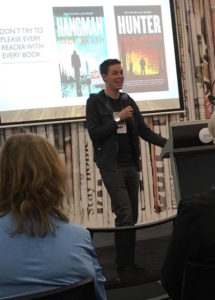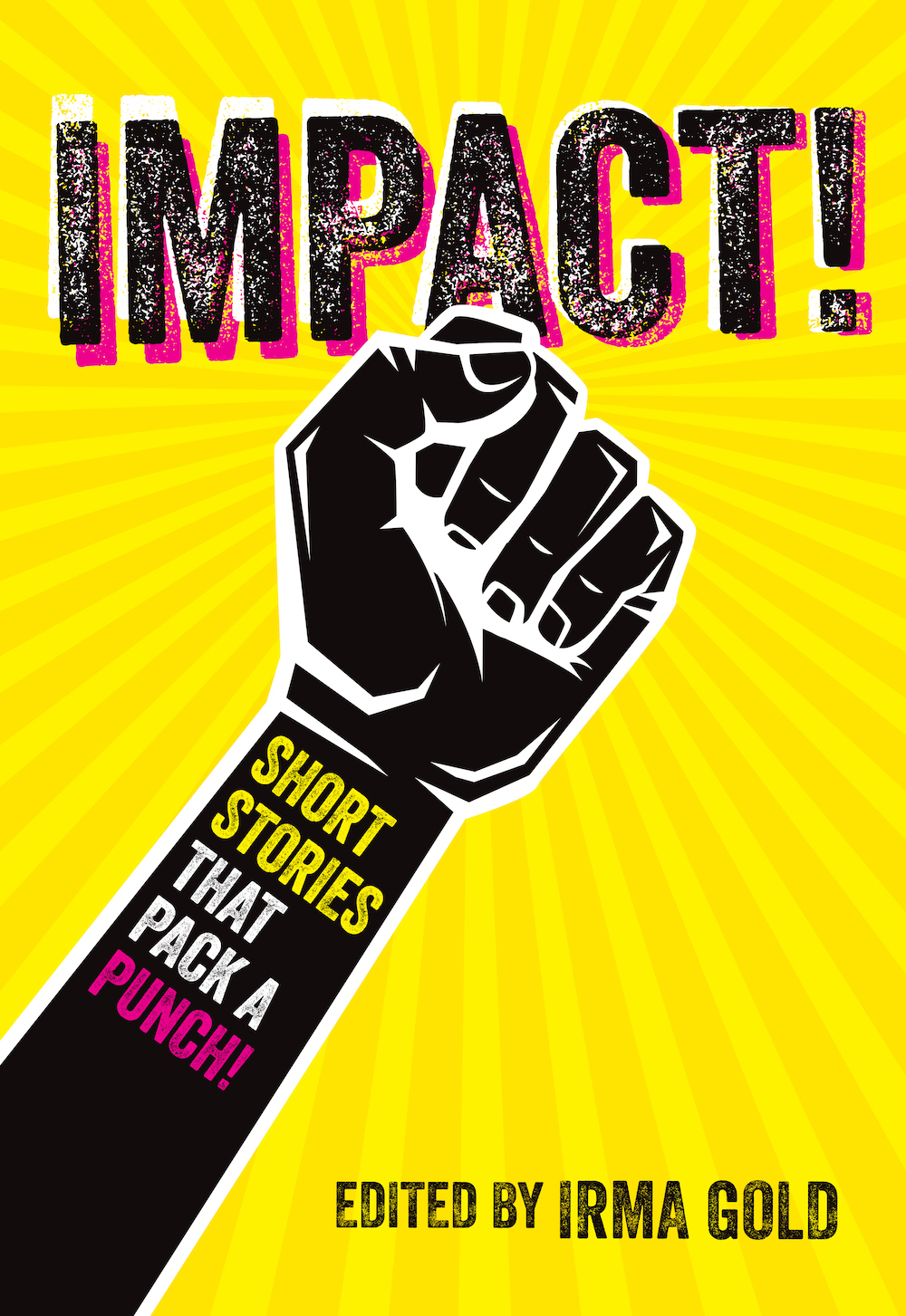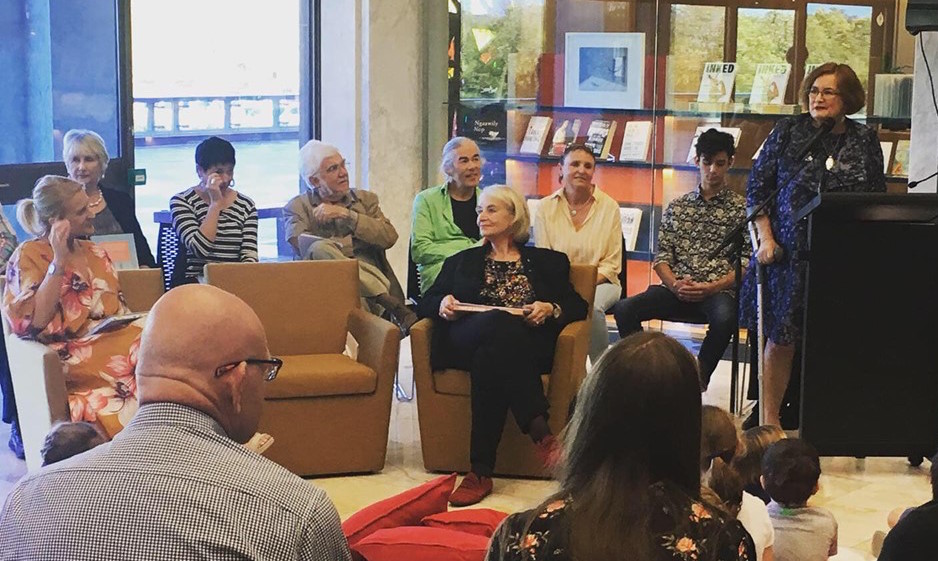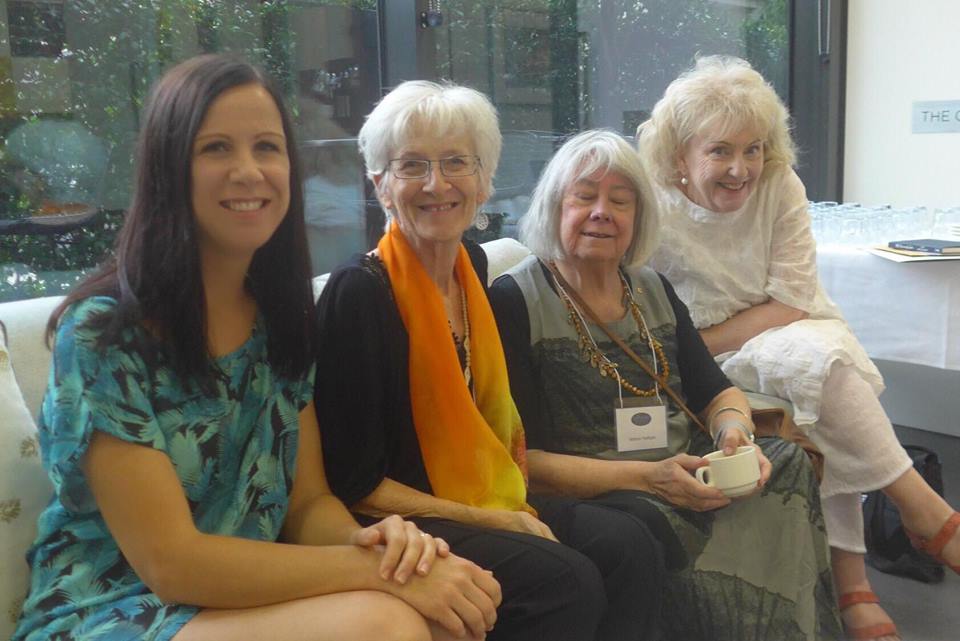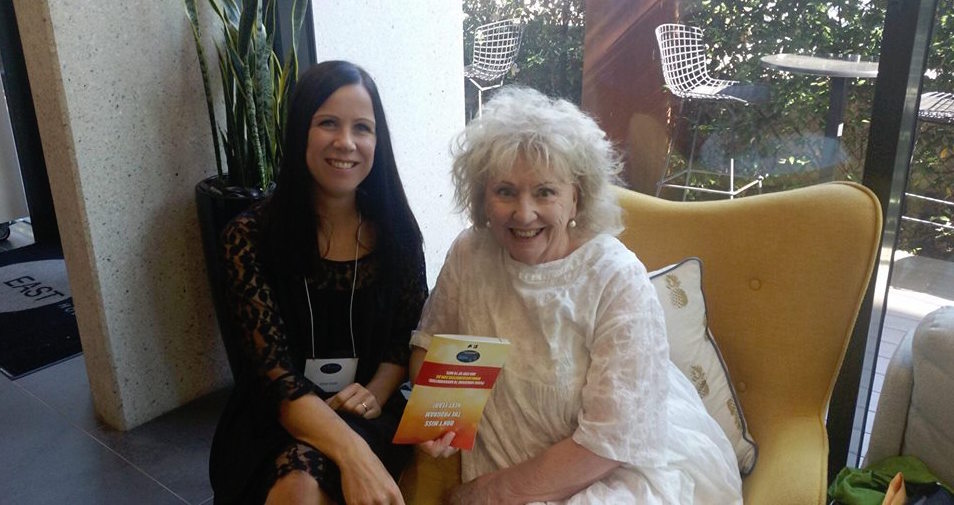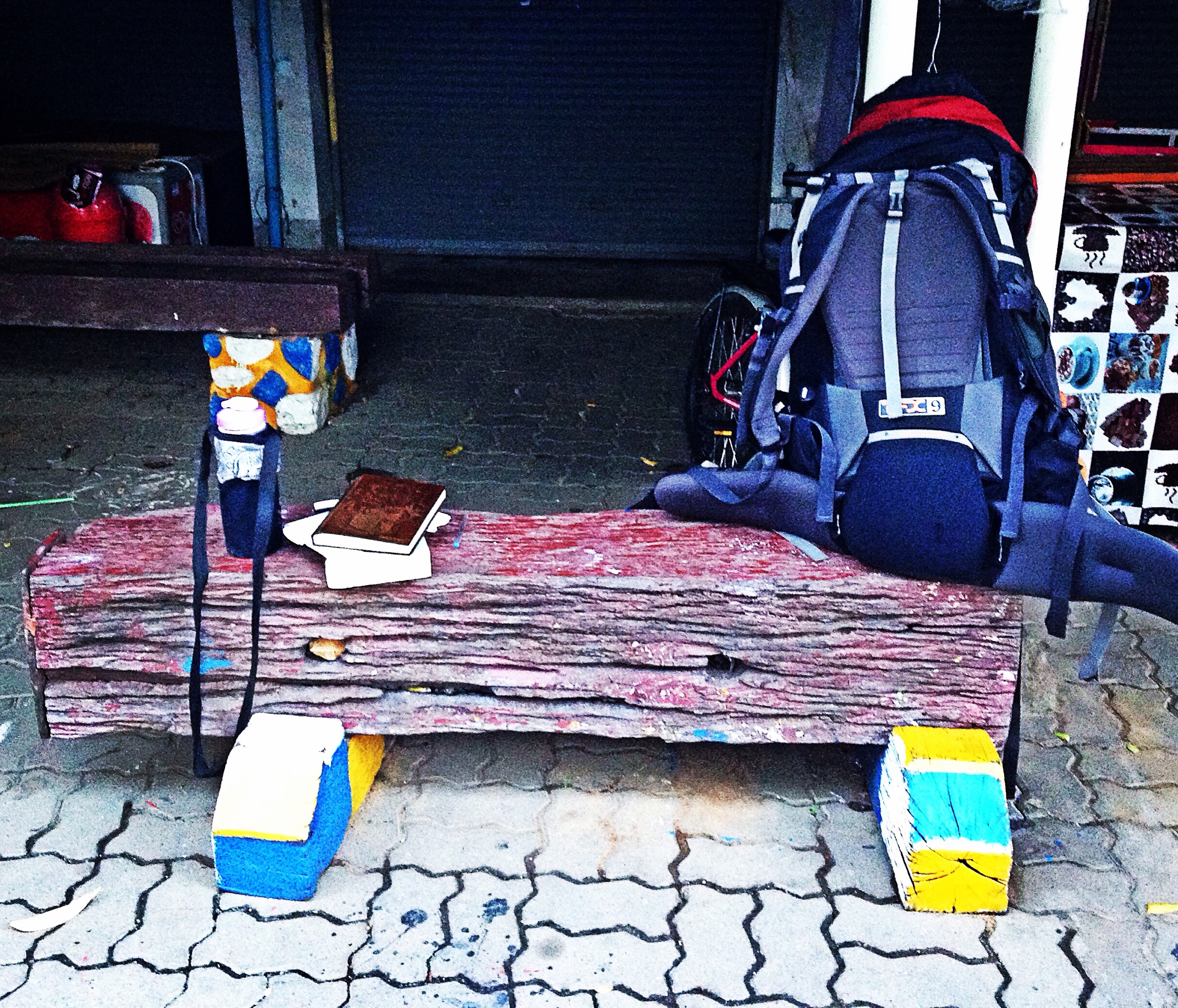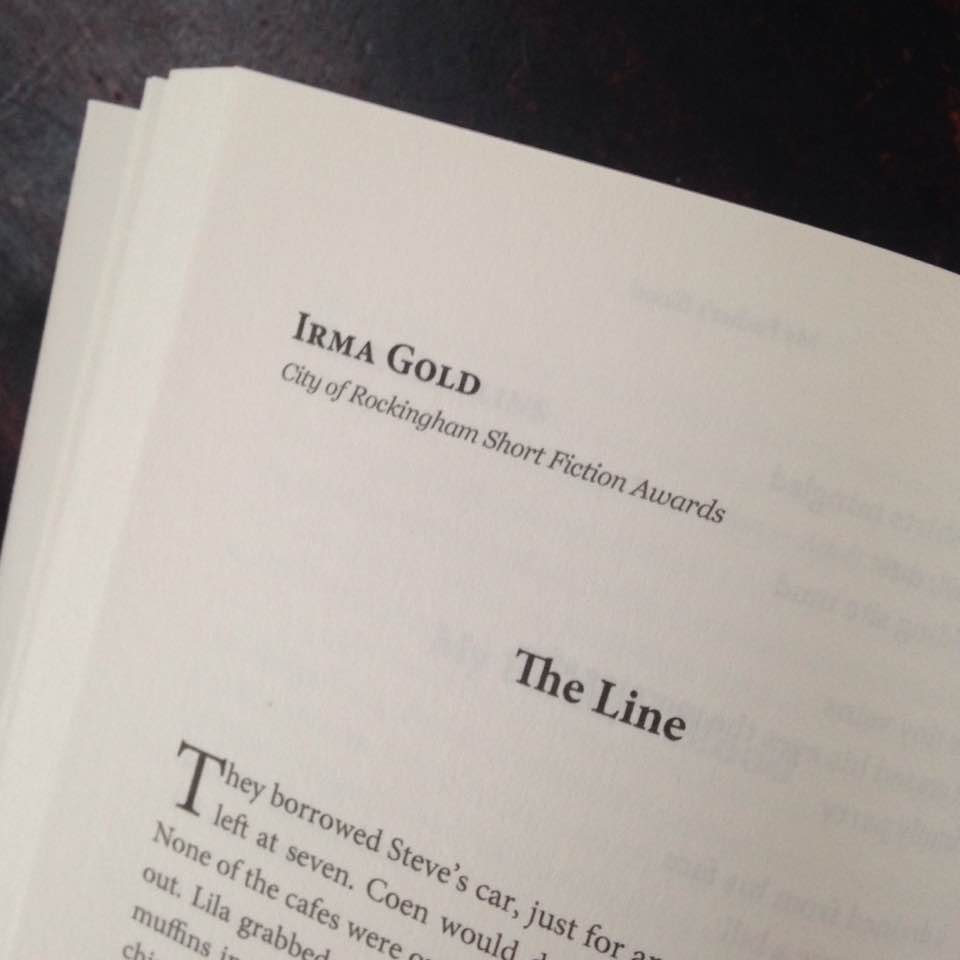Place is so important in fiction writing. It is more than just setting, more than just a space that characters inhabit. The way each of us views a place is different, filtered through our subjective experiences. And the way characters interact with the space around them can reveal so much about their interior lives. So, for me at least, place is intrinsic to story.
Usually the characters and their setting arrive in my imagination in tandem. They are already entwined. But occasionally the characters arrive in search of a home. Before I travelled to South Africa, I had a trio of characters playing in my head who I knew were destined for a short story. And on a trip to Boulders Beach, near Cape Point, I found the perfect space for them — a place that offered echoes for the things my characters were wrestling with.
My brother and I took the train from Cape Town to Simon’s Town. It was the most glorious ride and the footage below gives you a glimpse of why.
From Simon’s Town we walked to Boulders Beach, which was swarming with tourists and penguins. I’m not a fan of tourist traps but it was worth battling through selfie sticks to see these cute little guys. African penguins look very similar to Magellanic penguins from South America, who feature in my next kids book, Where the Heart Is (June 2021), so it was extra special to see them sunning and squawking and swimming. We also smelt them, oh how we smelt them.
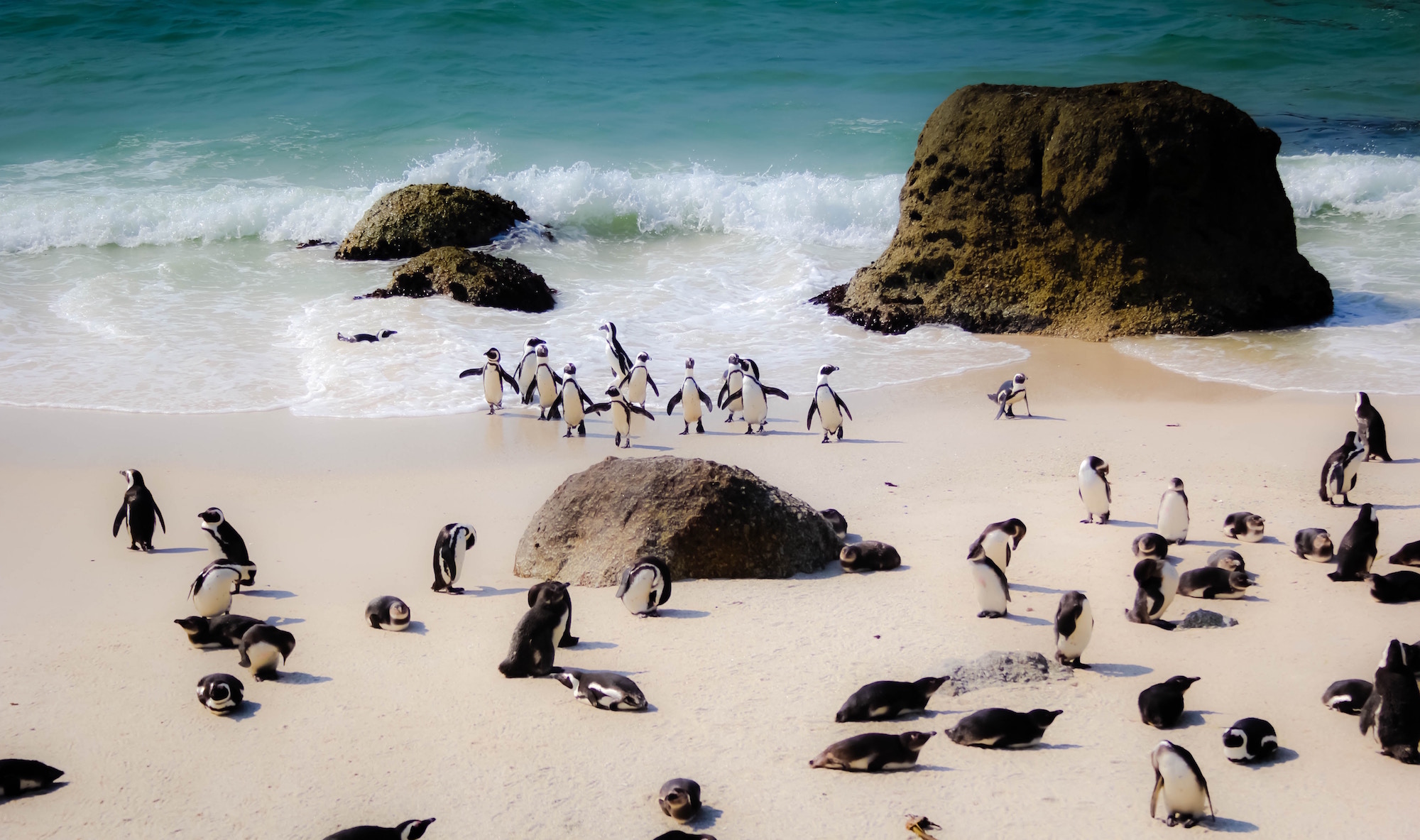 But back to the short story, which is called ‘Pole pole’. The way each of my characters experiences this particular place in South Africa is specific to them, with all their worries and joys and frailties. It is not my experience, or my brother’s, or anyone else’s for that matter. It belongs only to Dexter and Adelaide and Lix. The title is a Swahili saying (pronounced ‘polay polay’) which means ‘slowly slowly’. You’ll have to read the story to find out the significance of this saying, and how the characters and the setting (with its tuxedoed inhabitants) interact. It’s in issue 7 of StylusLit and you can find the full story online. I do hope you enjoy it.
But back to the short story, which is called ‘Pole pole’. The way each of my characters experiences this particular place in South Africa is specific to them, with all their worries and joys and frailties. It is not my experience, or my brother’s, or anyone else’s for that matter. It belongs only to Dexter and Adelaide and Lix. The title is a Swahili saying (pronounced ‘polay polay’) which means ‘slowly slowly’. You’ll have to read the story to find out the significance of this saying, and how the characters and the setting (with its tuxedoed inhabitants) interact. It’s in issue 7 of StylusLit and you can find the full story online. I do hope you enjoy it.
And if you’re interested in reading more about how place informs writers’ work, Angela Meyer, Angela Savage and Leah Kaminsky wrote some wonderful words about their literary travels previously for this blog.




